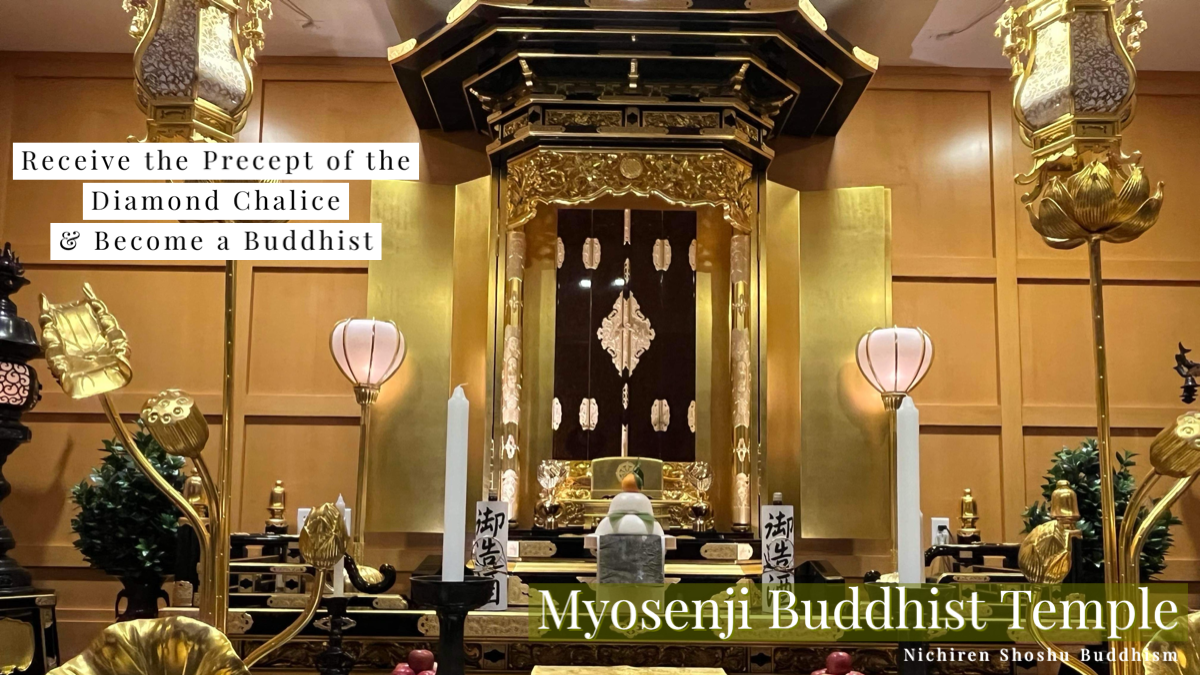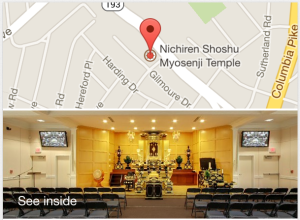
In considering the order of the five seasonal festivals, we find that they correspond respectively to the five characters of Myoho-Renge-Kyo. New Year’s Day celebrates the character Myo.
written by Nichiren Daishonin in 13th century Japan
In the Gosho, “The Daimoku of the Lotus Sutra,” Nichiren Daishonin states, “‘Myo’ means to revive, that is, to return to life. The Chinese character “Myo” of Myoho-Renge-Kyo contains many profound meanings and this profundity characterizes Myoho-Renge-Kyo. When we believe in and carry out the practice of chanting Nam-Myoho-Renge-Kyo, our lives, which have been poisoned by provisional teachings and negative karma will transform into lives of enlightenment. In Buddhism, the word “revive” means to transform our evil nature into a higher life-condition and to attain Buddhahood.
Making determinations and chanting Nam-Myoho-Renge-Kyo indicates the significance of New Year’s Day. Even though one may be dressed in beautiful clothes and filled with determination for the new year, without chanting Daimoku (Nam-Myoho-Renge-Kyo), determinations will be short-lived and self-centered. When the festivities are over, one simply returns to a world of delusion and old problems.*
JAN 1st – Make Your Determinations
Visit Myosenji Temple on January 1st for our Chief Priest’s lecture on Karma. Start 2018 learning how to change your Karma and open your path to happiness.
- Learn how to chant Nam Myoho Renge Kyo and properly use the Juzu Beads, Buddhist prayer beads.
- Q&A with our Chief Priest.
- The meeting starts at 2:00 pm and concludes around 3:15 pm. Open to the public.
If you have decided to become a Buddhist or are interested in learning how to become a Buddhist, after Sunday’s meeting (about 3:30 pm) Rev Sakabe will be performing the Acceptance of the Precept Ceremony, the ceremony where you become a Buddhist.
*Excerpted: The Gantan Gongyo: New Year’s Gongyo, Nichiren Shoshu Ceremonies book.


